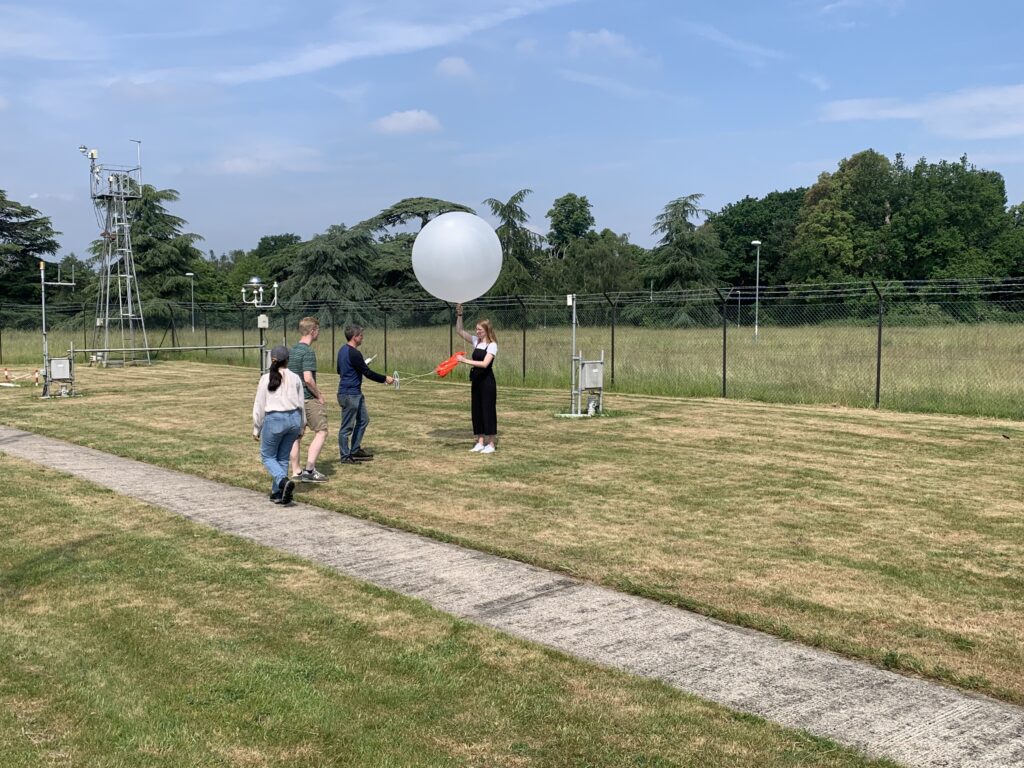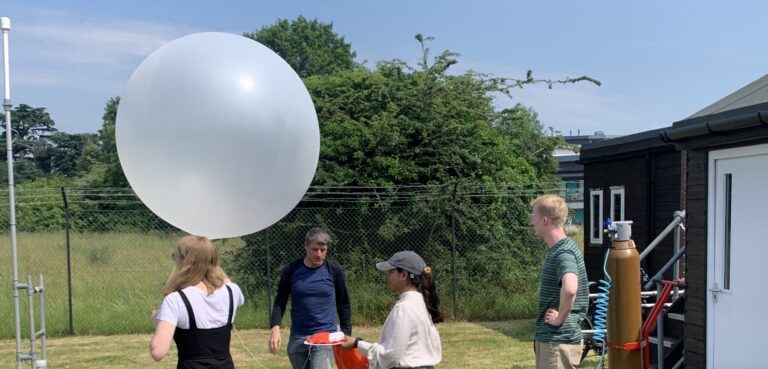Cloud experts and students from the University of Reading will launch a squadron of balloons to help improve forecasts of sudden rain showers in the UK.
The newly funded £2.7m (US$3.4m) WesCon – Observing the Evolving Structures of Turbulence (WOEST) project will focus on improving forecasts for spontaneous summer showers and thunderstorms, and working out why sometimes big clouds do not mean heavy rain and why at other times rain appears with little warning.
Thorwald Stein, research lead and associate professor from the department of meteorology at the University of Reading, said, “We know from previous British summers that heavy rain can sometimes appear unexpectedly, so our goal is to predict the unpredictable.
“Forecast uncertainty is not only annoying for planning your day, but it also has big impacts on the economy and society. Heavy rain and thunderstorms means events are cancelled or postponed, transport is impacted and lives are put at risk. We want to improve our forecasts to make sure people are safe and are able to go about their everyday lives.”
The University of Reading is one of five institutions taking part in the wider £11m (US$13.8m) scheme, which will focus on improving the understanding of air and cloud movements caused by fluctuations in wind, temperature and humidity.
Their projects will link with the Met Office’s Wessex Convection Experiment (WesCon), which will collect observations of summer convection, a process that drives cloud formation and can produce heavy rainfall and thunderstorms. Reading’s scientists will be remotely operating the world’s largest steerable meteorological radar based at Chilbolton to track and scan storms in real time, and guiding research aircraft to target the most promising clouds for measurements.
Staff and student volunteers will also be launching eight radiosondes per day on 15 occasions during the summer. They will be used to obtain vertical profiles of wind, temperature and humidity. This information will help researchers understand how clouds grow to greater heights and produce heavier rainfall.




